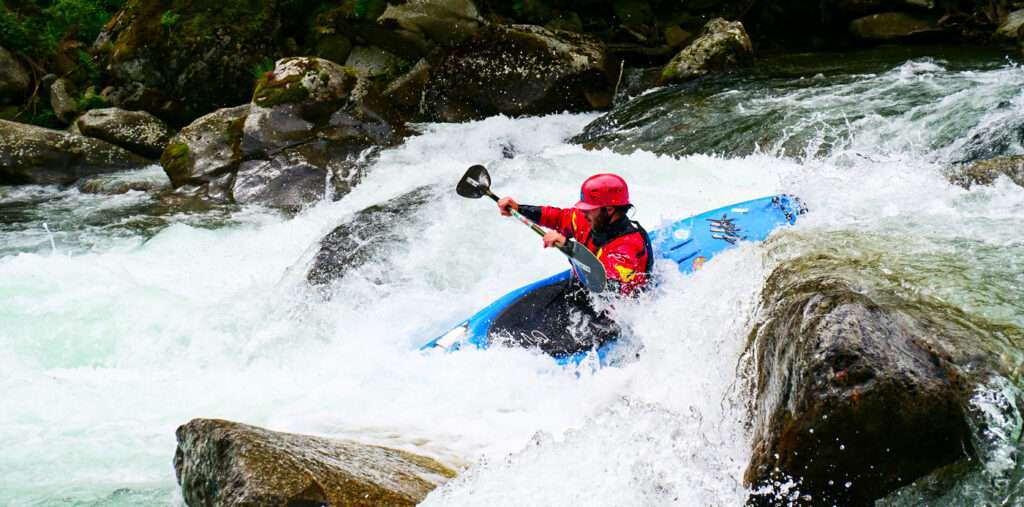What you decide to wear whitewater rafting will depend on several things. First of all, you’ll need to consider the weather and the outside temperature. Whatever it is on the outside, it’s generally cooler in the water. You’ll also need to consider the rapids themselves. Whitewater rapids come in a variety of sizes and require different skill levels. Therefore, each will require something different, including your attire. Your clothing doesn’t have to be fancy or specialized, but it does need to suit the conditions of the rapids you plan on doing.
Tips for Choosing Whitewater Rafting Attire
Step 1
Plan your whitewater rafting trip and study the rapids themselves. Is it cold outside? What category of rapids are you taking on? All these things need to be taken into consideration when choosing what to wear. The higher the category of rapid, the more chance you’ll have of getting wet. If it’s cold outside, you’re going to be cold if you get wet. The lower the category of rapid, the less chance of getting wet you’re going to have, so you’ll get away with less clothing.
Step 2
Think about your feet. Your feet will be the main thing getting wet and staying wet throughout the whole trip. Since rapids consist of rocks, you’ll need something on your feet to protect them. It’s probably a good idea to buy a pair of water shoes. These don’t have to be anything fancy, just good enough to protect your feet and not weigh you down in the water if you should fall out.
Step 3
Wearing some type of headgear is mandatory for some of the bigger rapids. Since you’re generally dealing with a higher category of rapid and bigger rocks, wearing headgear is a very smart move. The last thing you want to be is caught in swift-moving water that’s rushing over huge rocks, and your head is unprotected. With lower-class rapids, headgear is usually not required.
Step 4
Wear some type of water-resistant jacket. This will keep you warmer if you get wet, because it won’t absorb the water. Most jackets that aren’t water resistant will only keep you colder once you get wet. Their material will absorb the water and hold it close to your body. Many of the whitewater rafting rental places will have jackets you can use on your whitewater adventure. Since even on the smallest-class rapids there’s a chance of getting splashed, a water-resistant jacket is recommended.
Step 5
Using some type of water resistant leggings is also advised if your trip will more than likely be wet and cold. You can purchase these yourself at your local sporting goods store, but any whitewater rafting rental place should have them available. Whatever type of pants or shorts you decide to wear, make sure they don’t absorb water and might hold you down if you fall out. Jeans are usually a bad choice because they’re known to weigh people down in the water, making it harder for them to swim.

